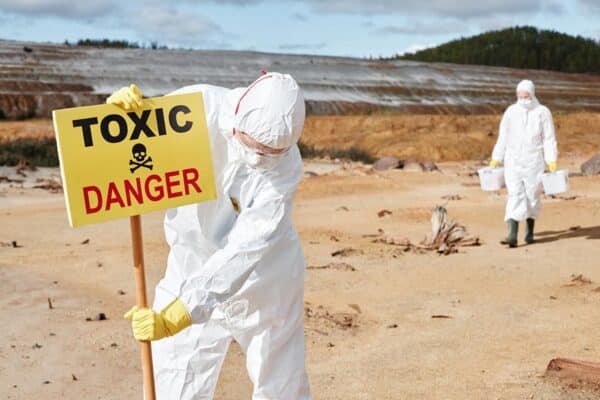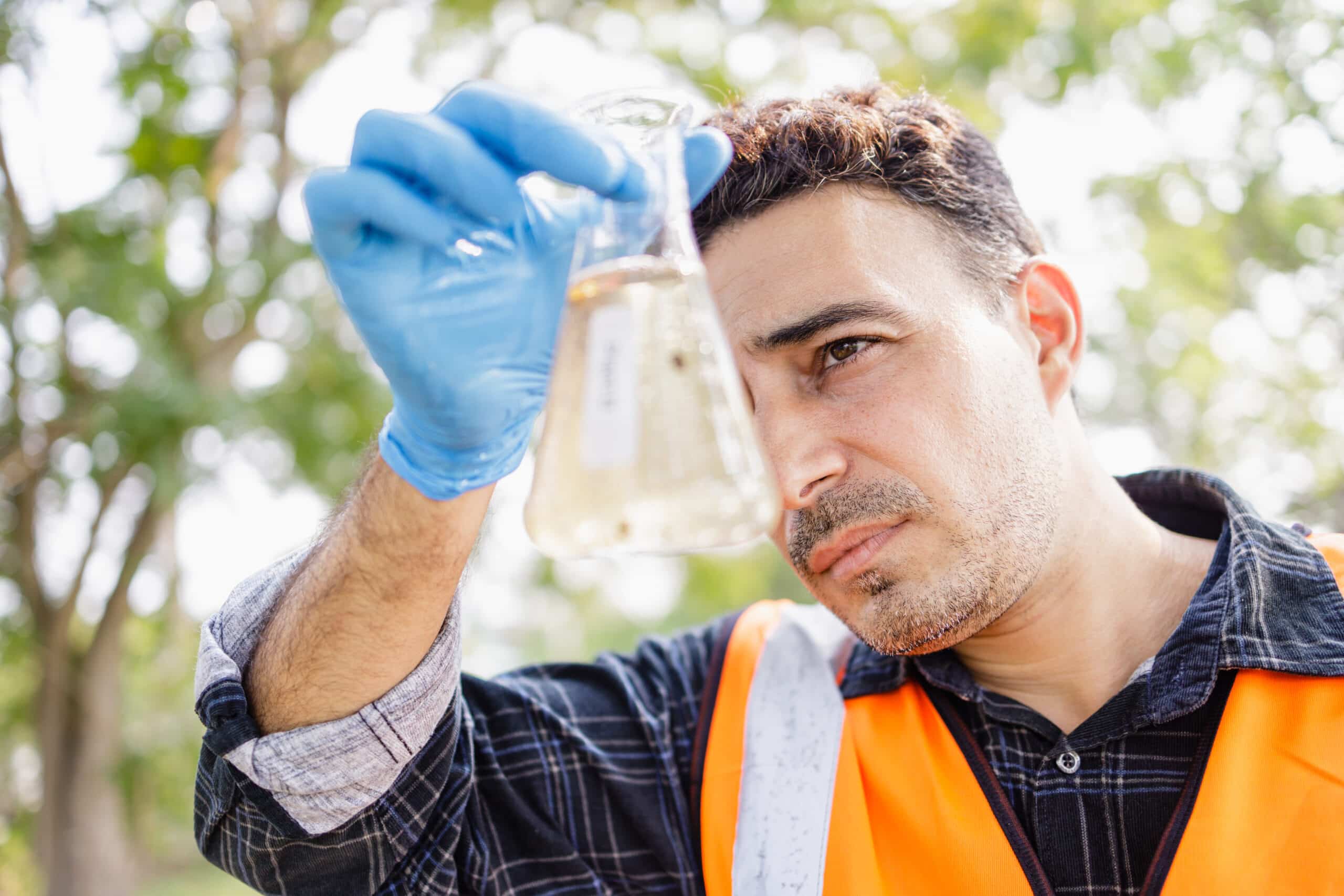
Hazardous waste disposal refers to the safe and proper handling, transportation, and disposal of materials that are considered to be hazardous waste. Hazardous waste can include chemicals, batteries, pesticides, and medical waste, among other materials. These materials can pose a risk to human health and the environment if not handled properly, so it is important that they are collected and disposed of by trained professionals using appropriate equipment and procedures.
Hazardous waste disposal typically involves a series of steps, including:
- Identifying and characterizing the waste to determine its hazardous properties
- Packaging, labeling, and marking the waste according to regulations
- Transporting the waste to a treatment, storage, or disposal facility
- Treating or disposing of the waste in a manner that minimizes the risk to human health and the environment
There are various methods for disposing of hazardous waste, including:
- Incineration: burning the waste at high temperatures
- Landfilling: burying the waste in a specially designed landfill
- Recycling: reusing materials or chemicals in the waste
- Chemical or biological treatment: neutralizing or breaking down the hazardous properties of the waste
Hazardous waste disposal is regulated by federal and state laws and overseen by agencies such as the Environmental Protection Agency (EPA) in the US. It is important that organizations comply with these regulations to ensure the safe and proper disposal of hazardous waste.

